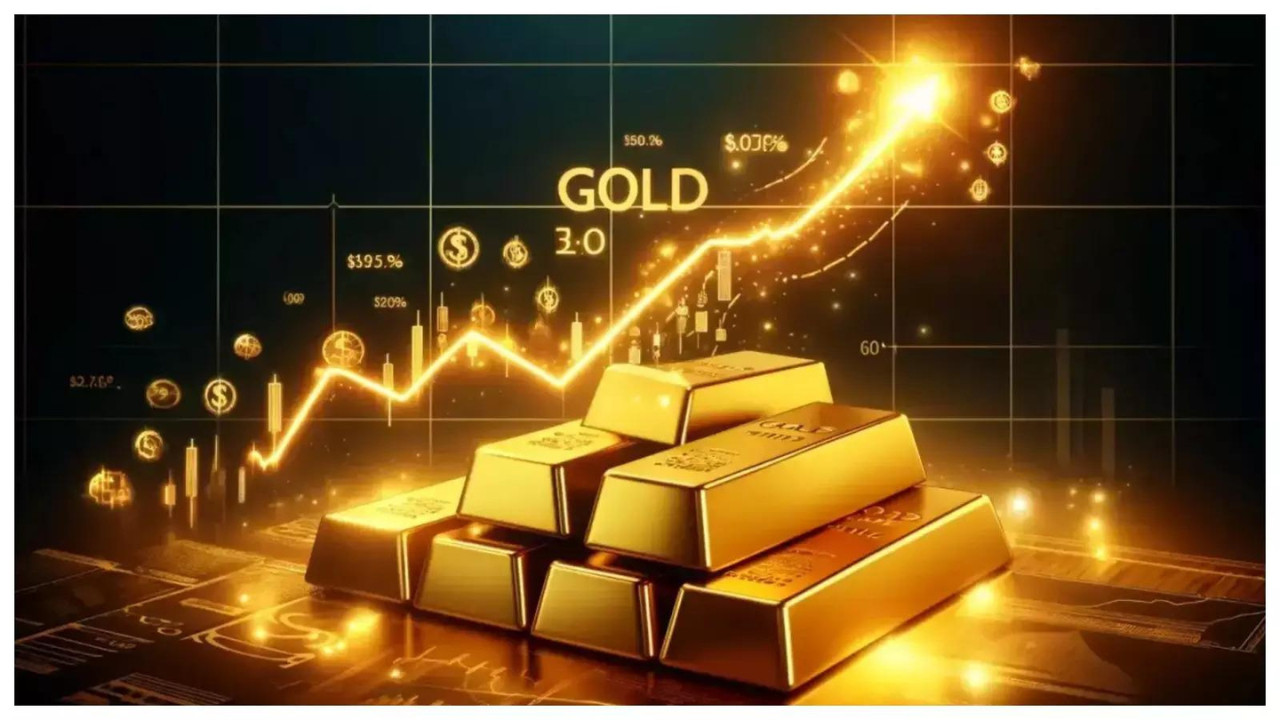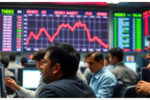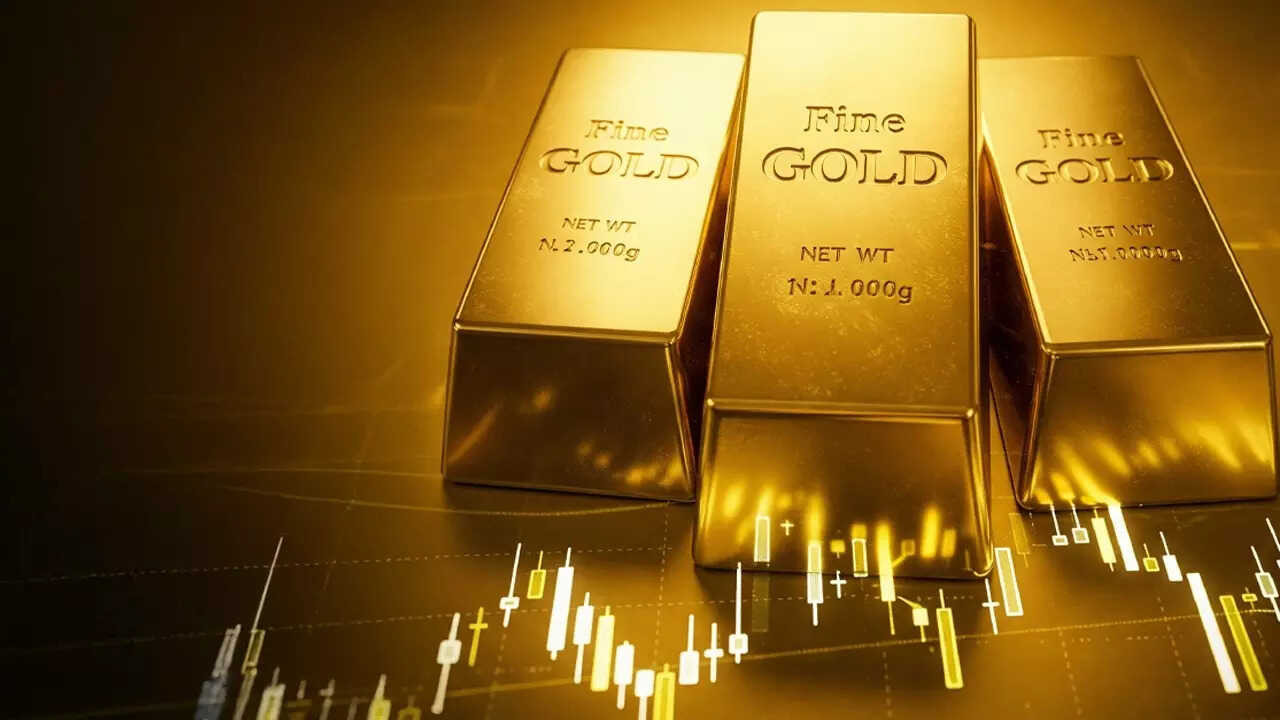Gold ETFs are witnessing a surge in investor interest, with inflows in September 2025 jumping six-fold to Rs 8,363.13 crore. This trend is fueled by rising gold prices, geopolitical tensions, and expectations of US rate cuts, making ETFs a preferred choice for secure and liquid investments. The market sees strong growth and attractive returns, with experts advising strategic entry.
Gold ETFs: Are Investors Right to Rush In?
The world feels… uncertain, doesn’t it? A quick glance at the headlines confirms it: geopolitical storms brewing, economic landscapes shifting like desert sands. It’s enough to make anyone reassess their investment strategy and wonder where to find safe harbor. Increasingly, it seems investors are finding that haven in the glittering allure of gold, specifically through Gold ETFs. But is this golden rush justified, or are we chasing fool’s gold?
September witnessed a significant surge in investment flows into Gold ETFs (Exchange Traded Funds), a whopping 578% increase year-on-year! That’s not a small jump; it’s a tidal wave of capital heading towards the precious metal. This spike reflects a growing unease and a flight to safety as investors seek to protect their assets from the perceived risks swirling around the globe.

Why the Sudden Gold Rush?
Several factors are fueling this heightened interest. The most prominent is, undoubtedly, the heightened geopolitical tensions we’re seeing across the globe. Wars, political instability, and trade disputes create an environment of uncertainty that makes investors nervous about traditional assets like stocks and bonds. Gold, with its historical reputation as a store of value during crises, suddenly looks very appealing. It’s a tangible asset, perceived as a refuge when everything else feels shaky.
Inflation is another key driver. While inflation rates have cooled somewhat recently, the lingering effects of past surges are still felt. Gold is often viewed as a hedge against inflation, a way to preserve purchasing power when currencies are losing value. The thinking goes that as prices rise, so too will the value of gold, protecting investors from the eroding effects of inflation. This perception, while not always perfectly correlated in reality, plays a significant role in investor sentiment.
Furthermore, the current economic climate, characterized by fluctuating interest rates and concerns about potential recessions, is contributing to the appeal of Gold ETFs. When interest rates are low, the opportunity cost of holding gold (which doesn’t typically generate income) decreases, making it a more attractive investment. Similarly, fears of a recession often lead investors to seek out safer assets, and gold historically fits that bill. Diversification is a key component of any financial plan, and Gold ETFs can offer an alternative asset class to traditional investments.
Will the Trend Continue?
The million-dollar question, of course, is whether this trend of increasing investment in Gold ETFs will persist. The answer, as with most things in the financial world, is nuanced and depends on several variables.
If geopolitical tensions remain elevated, or even escalate, we can expect the demand for gold to remain strong. Similarly, if inflation proves to be more persistent than initially anticipated, Gold ETFs will likely continue to attract investment.
However, a period of sustained economic growth and stability could dampen the enthusiasm for gold. If the global economy rebounds strongly, and geopolitical risks subside, investors may shift their focus back to higher-growth assets like stocks. Moreover, rising interest rates could make gold less attractive compared to income-generating investments.
Navigating the Golden Landscape
For investors considering adding Gold ETFs to their portfolio, it’s crucial to do your homework. Understand the specific ETF you’re investing in, its fees, and its tracking error (how closely it follows the price of gold). Consider consulting with a financial advisor to determine if Gold ETFs align with your overall investment goals and risk tolerance. Remember that gold, like any asset, can be volatile, and its price can fluctuate significantly. Don’t put all your eggs in one golden basket. Diversification is key to a robust financial plan. (Read more about diversification strategies).
The surge in Gold ETF inflows reflects a broader trend of investors seeking safety and stability in an uncertain world. Whether this trend continues will depend on a complex interplay of geopolitical, economic, and financial factors. While Gold ETFs can be a valuable tool for diversification and hedging against risk, they should be approached with caution and incorporated into a well-thought-out investment strategy. This isn’t about blindly chasing the shiny object; it’s about making informed decisions based on your individual circumstances and a realistic assessment of the global landscape.







